Most of you probably don't know that you ingest the toxin solanine every day by eating your favorite foods. We all eat vegetables, it's ingrained in our diet.
However, not much is said about solanine poisoning and how to properly store and prepare vegetables that contain it.
It's possible that when you were little, your grandmother or mother told you not to eat the skin of green potatoes, but when it comes to baked potatoes, the skin is the tastiest part.
What is solanine?
Solanine is an alkaloid that is contained in a group of plants from the potato, tomato, pepper, eggplant families and also in tobacco products.
This alkaloid is a toxin that is found in high concentrations in the roots, leaves, and fruits of plants. Its main function is to protect the plant from pests, insects, birds, and herbivores.
Solanine gives potatoes a bitter taste and its ingestion can interfere with the neurotransmitter acetylcholine. This can lead to increased thirst, dry mouth, palpitations, hallucinations, delirium, and even paralysis.
Another negative characteristic is that solanine does not dissolve in water and cannot be destroyed by boiling or cooking.
Solanine mainly causes gastrointestinal and neurological disorders. Symptoms include nausea, diarrhea, vomiting, stomach cramps, burning in the throat, headache, and dizziness.
Hallucinations, loss of sensation, fever, jaundice, dilated pupils, and hypothermia have been reported in more severe cases of ingestion of this toxin.
Ingestion in large quantities can also lead to death.
The fatal dose for an adult is one milligram per kilogram of body weight.
Which means that a person would have to eat more than four kilograms of potatoes to reach the critical levels. Symptoms appear 8 to 12 hours after ingestion.
Solanine is found on the skin and immediately under the skin of potatoes and after peeling, its content decreases by about 30-80 percent. It is also destroyed by deep frying and baking.
Find out why sprouted garlic and potatoes are harmful.

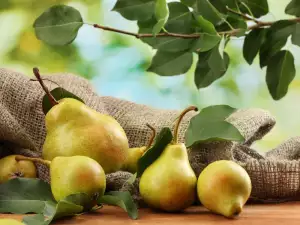


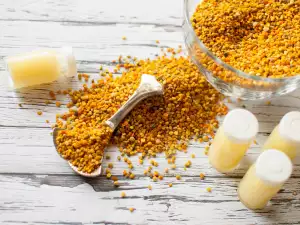



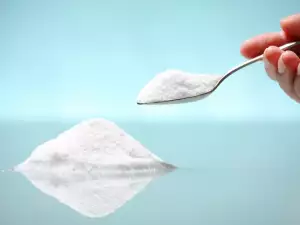
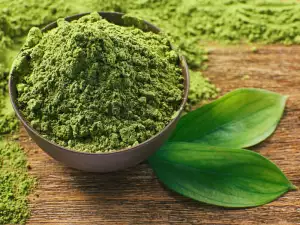
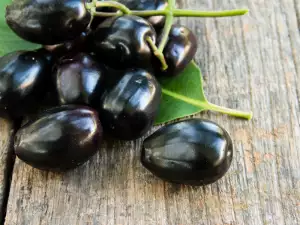

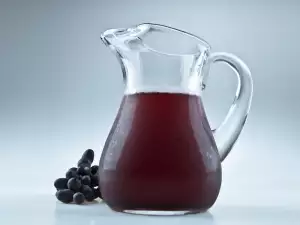
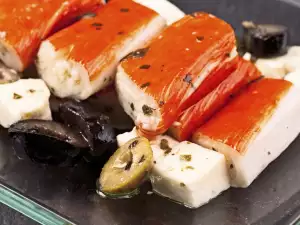
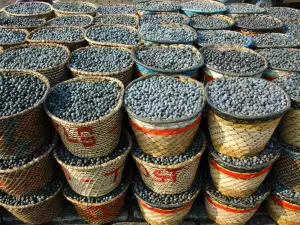
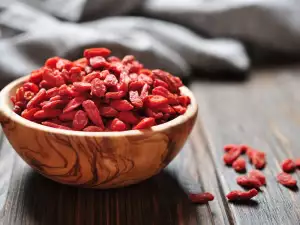

Comments